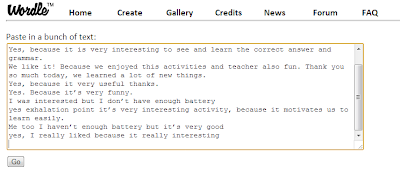Blog Posts/News Articles
Slideshows in SyncSome teachers already use an app called Nearpod to share class presentations with students. This blog post details this app, as well as many alternatives. Another option not included in this post (but was later mentioned somewhere else) is a new site called Presentain. This service is still in Beta mode, but one feature that looks promising is the ability to "push out" Google Presentations to students.
7 Ways to Show Your iPad on a Projector Screen
Many of us already use the Reflector software, but it's always nice to know what's out there.
Zdeno Chara has Blueprint for Team Leadership
This has nothing to do with technology. However, we often encourage our students to step up and be leaders in and out of the classroom. There has been a lot of information in the news recently about a lack of leadership in sports. I think we can all learn something from the Bruins captain!
Tweets
Film widescreen video on the iPad by double tapping the screen in the camera app. Who knew? HT @sly111 #ipaded #edtech #mlearing
— Jonathan Wylie (@jonathanwylie) November 28, 2013
Help this teacher make a great point to her students about the consequences of social network use. Please RT widely. pic.twitter.com/Qx9A88BMve
— Dave Malouf (@daveixd) November 28, 2013
It's important to note that this guy retweeted her image. Just his retweet alone has been retweeted over 20,000 times!!! I imagine the original image has been seen over 100,000 times at this point. It's a great lesson to share with students regarding digital citizenship and how quickly images can go viral online.
Get @Readdle apps with an amazing 50% discount. I would buy them myself, but I already have them all! http://t.co/AxWGeyrGmz #blackfriday
— Jeremy Mularella (@mrmularella) December 1, 2013
If they're still on sale (and they may not be), my favorite app is Calendars 5. I like it much more than the native calendar iPad app.





























